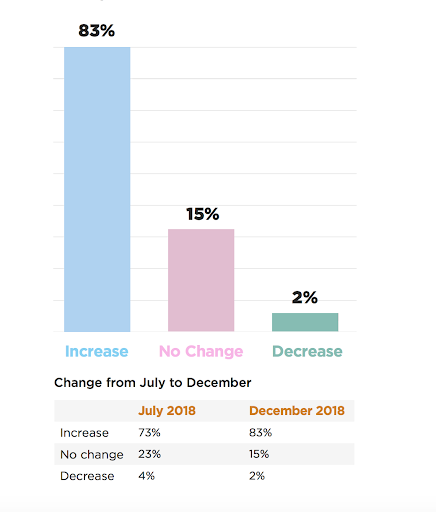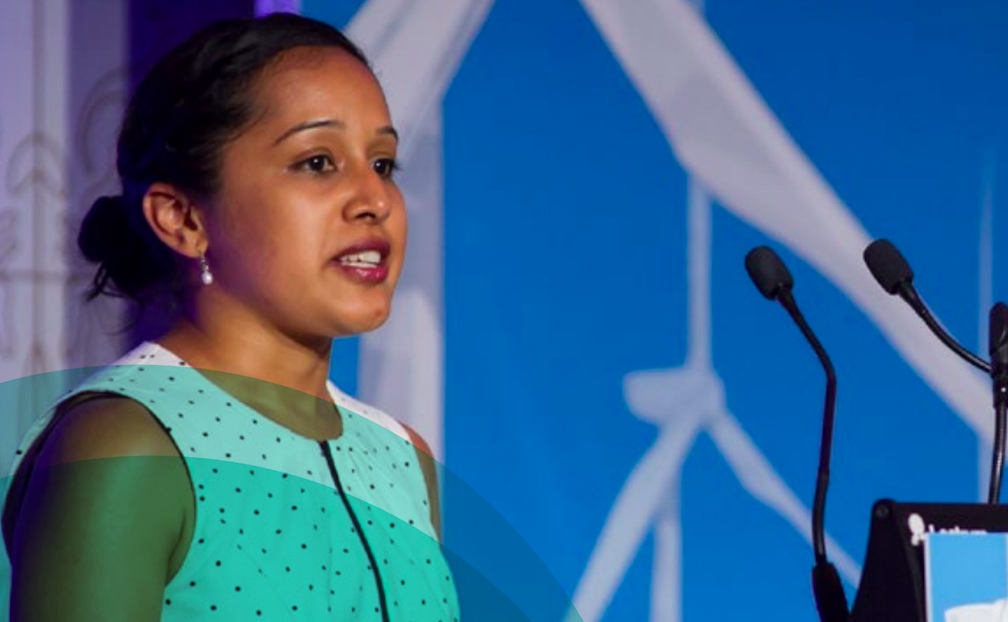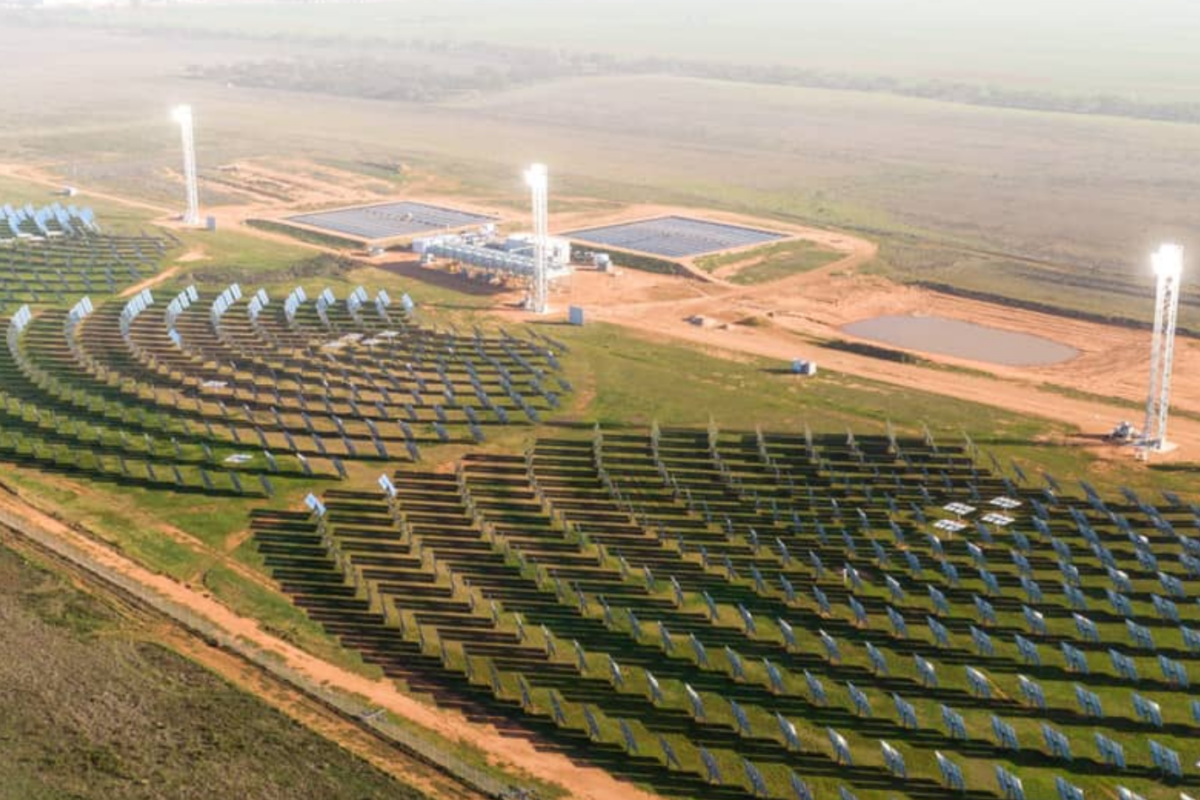In December 2018, the Clean Energy Council’s (CEC) Confidence Index for the industry showed that 83% of employers expect to increase their workforce over the coming 12 months.
CEC Policy and Projects Manager, Maryanne Coffey says although the Confidence Index confirmed that national energy-policy uncertainty is the biggest hurdle facing renewables, the organisation also foresees a worrying lag in appropriately skilled employees as the industry gathers momentum.
“It would be a terrible shame for projects not to get up because there are skills shortages,” she says.

Graphic: Clean Energy Council
Worldwide, renewable energy employed some 10.7 million people in 2017, according to the International Renewable Energy Agency’s (IRENA) Annual Review in 2018. Of those: the greatest number — 3.4 million — were employed in solar PV; and women made up 35% of the total renewable-energy workforce. IRENA projects that by 2050 40 million people worldwide could be employed in the renewables industry.
In Australia, only 22% of more than 10,000 renewable-energy roles (reported by Green Energy Markets as at January 2018) are filled by women.
“Many intelligent, talented and inspirational women work in the renewable energy industry. I meet them every day, in boardrooms and attending industry events,” says Kane Thornton, Chief Executive of the Clean Energy Council, but as in many other market sectors, women have been poorly represented at top levels in the industry, and also in the line up of speakers at peak industry events.
Since 2015, CEC has been working to drive a more balanced representation via it’s Women in Renewables Initiative, of which the Speakers Guide is the latest enabler.
The CEC itself is committed provide gender diversity among speakers at all its events, but it also invites self-identified industry leaders to take a pledge to meet best practice that includes not speaking on panels that don’t provide diversity of speakers.
“Our website provides wording for how to decline,” says Coffey, and generally, when an invited speaker declines to speak on those grounds, “event organisers turn around and find diversity!”
Female leaders also pledge not to speak on panels made up entirely of women, on the basis that, “more diversity leads to greater value and better outcomes for all”.
The Women in Renewables initiative was ignited when the CEC called for nominations for people to serve on its board of directors and received one female nomination compared to nine male nominees. In response, it inaugurated an annual scholarship which provides for an outstanding woman in renewable energy to attend the Australian Institute of Company Directors (AICD) Foundations of Directorship course.
“Now the board is 40% female,” Coffey proudly says. And the AICD opportunity has been augmented by a second Women in Renewables scholarship, to complete the Your Leadership Voice: Women in Focus program offered through Monash Business School.
“We wanted our initiative to have impact at all levels. We often see female CEOs changing companies, but there’s not more of them. So we’re really trying to bring women up from the grassroots,” adds Coffey, who says if she were starting her career again she’d become “a sparky”, set up her own business and start installing solar panels.
The Smart Energy Council (SEC), a sometime rival organisation to the CEC, but with overall parallel goals, this week released an overview of the job opportunities in Australia’s solar PV sector, saying: “Solar installers are the bedrock of the sector. Without them, the Australian solar industry would grind to a halt.” Installers top its list of required workers.
The SEC also identifies solar-energy engineers, solar project developers, sales account managers, technical support (troubleshooters) in solar sales and marketing, and solar-farm operators as among the applicants most needed. Its Smart Energy Training Centre develops professional training courses for solar candidates.
The demand for passionate women speakers who can articulate their perspectives on and experience of working in renewable energy can only increase as the industry seeks to attract skilled people.
The CEC’s initial list of speakers includes:
- Olivia Coldrey, a finance lawyer, now Lead Finance Specialist at Sustainable Energy for All.
- Yasmina Dkhissi, Strategy Manager for Monash University’s Net Zero initiative, a program driving the transition for Monash’s Australian campuses to 100 per cent renewable power and net zero emissions by 2030.
- Emily Driscoll, Co-Founder and Business Development Manager at Off-Grid Energy Australia.
- Kirstin Hunter, Managing Director of Future Super, Australia’s first fossil-fuel-free superannuation fund.
- Linda Koschier, Director of Strategic Development at the University of New South Wales’ (UNSW) School of Photovoltaic and Renewable Energy Engineering.
- Melissa Pang, Director of Project Solutions at the Australian Renewable Energy Agency, an engineer working on ARENA’s solar R&D-to-commercialisation strategy, grid integration of renewables and more.
- Karin Stark, General Manager Strategy and Marketing for ReAqua, a national solar-powered pumping-for-irrigation business.
Other articulate women with experience in the sector are invited to nominate themselves for the Speakers Guide.
The number of inspiring female industry participants is constantly growing, “as more women are attracted to work in an industry on the rise”, says Thornton in the Guide’s introduction. But he adds, “Many audiences are ultimately missing out on the broader range of insights they would enjoy if there was greater gender diversity in the speaking line-up.” Sign up. Sign up!
Natalie Filatoff
This content is protected by copyright and may not be reused. If you want to cooperate with us and would like to reuse some of our content, please contact: editors@pv-magazine.com.








By submitting this form you agree to pv magazine using your data for the purposes of publishing your comment.
Your personal data will only be disclosed or otherwise transmitted to third parties for the purposes of spam filtering or if this is necessary for technical maintenance of the website. Any other transfer to third parties will not take place unless this is justified on the basis of applicable data protection regulations or if pv magazine is legally obliged to do so.
You may revoke this consent at any time with effect for the future, in which case your personal data will be deleted immediately. Otherwise, your data will be deleted if pv magazine has processed your request or the purpose of data storage is fulfilled.
Further information on data privacy can be found in our Data Protection Policy.